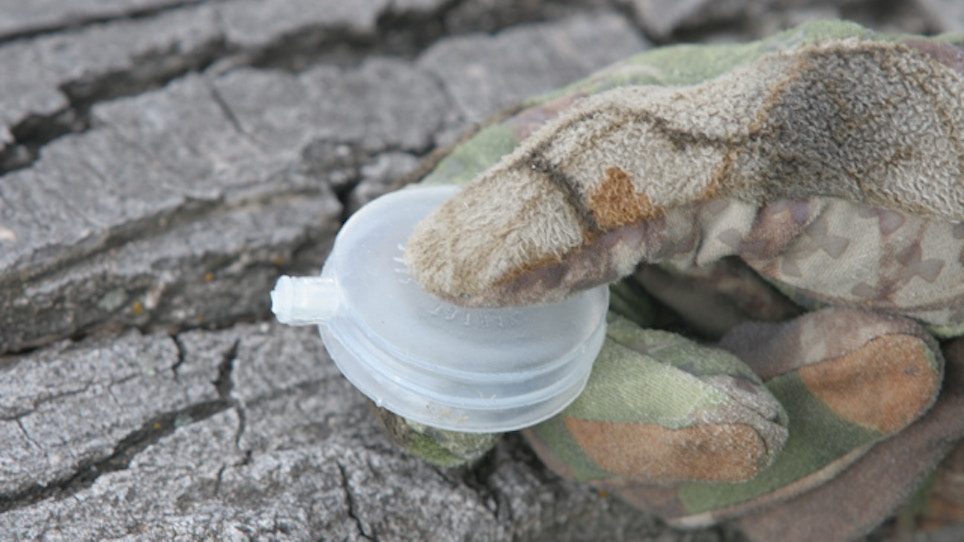The squeaky wheel gets the grease, but many hunters overlook the low-volume attractiveness of a squeaker call for predators. Try one and you'll stand a good chance at bagging more predators.
Sometimes louder isn't always better when it comes to predators. Squeakers imitate the soft sound of a rodent squealing in desperation. Since rodents are the main prey of most predators it just makes sense to incorporate a squeaker call into your setups when conditions warrant and when they ignore other popular sounds.
Think about this. Many predator hunters rely on the dying rabbit as their mainstay in calling. Dying rabbit calls work best when the volume is turned up and that's the way they've been marketed via video and editorially. Reach out and touch a predator's stomach and you can expect action from nearly a mile away. Unfortunately, too many hunters take those instructions to heart and blare on their calls every setup. It leads to a few kills on young-of-the year animals, but can quickly educate and season older predators.
By starting out with a squeaker you can lure in any predators bedded within 200 yards of your site using a sound they naturally hear from time to time. It's not an abrasive or alarming sound, but more of a curiosity-arousing sound that even predators packing a full stomach may stretch for and check out.
For a chance at success search for potential predator bedding sites and stalk in close. A calm day works best for the sound to carry the farthest. Focus on rough terrain, thick timber pockets and weed-choked coulees. Next, select an elevated position downwind from the site with the sun at your back or side. After getting into position, follow your typical set-up routine of calling for a few minutes and waiting in between for results. It pays to stay longer on squeaker setups since a curious animal may take longer than one suffering from starvation.
Several years back I began using the squeaker approach in my open-country setups. Targeting large breaks with draws that snaked from top to bottom, I positioned myself above the gullies and sent the squeaks from my call down into the winding coulees below. One January, midday, with temperatures hovering around zero, a curious bitch coyote trotted up an old cow trail to track down an easy midwinter snack. She ended up being a field test for a Hornady V-Max bullet.






